mAChR
mAChRs (muscarinic acetylcholine receptors) are acetylcholine receptors that form G protein-receptor complexes in the cell membranes of certainneurons and other cells. They play several roles, including acting as the main end-receptor stimulated by acetylcholine released from postganglionic fibersin the parasympathetic nervous system. mAChRs are named as such because they are more sensitive to muscarine than to nicotine. Their counterparts are nicotinic acetylcholine receptors (nAChRs), receptor ion channels that are also important in the autonomic nervous system. Many drugs and other substances (for example pilocarpineand scopolamine) manipulate these two distinct receptors by acting as selective agonists or antagonists. Acetylcholine (ACh) is a neurotransmitter found extensively in the brain and the autonomic ganglia.
Targets for mAChR
Products for mAChR
- Cat.No. Product Name Information
-
GC34957
(+)-Cevimeline hydrochloride hemihydrate
(+)-Cevimeline hydrochloride hemihydrate ((+)-SNI-2011), a potent muscarinic receptor agonist, is a candidate therapeutic drug for xerostomia in Sjogren's syndrome.
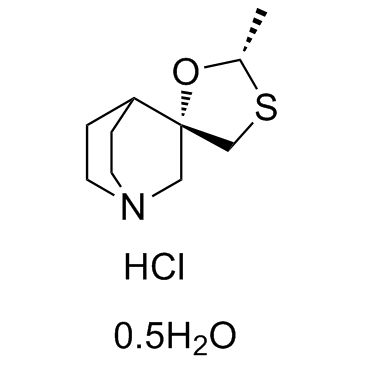
-
GC11219
(R)-(+)-Tolterodine
(R)-(+)-Tolterodine(PNU-200583) is a potent muscarinic receptor antagonists that show selectivity for the urinary bladder over salivary glands in vivo.
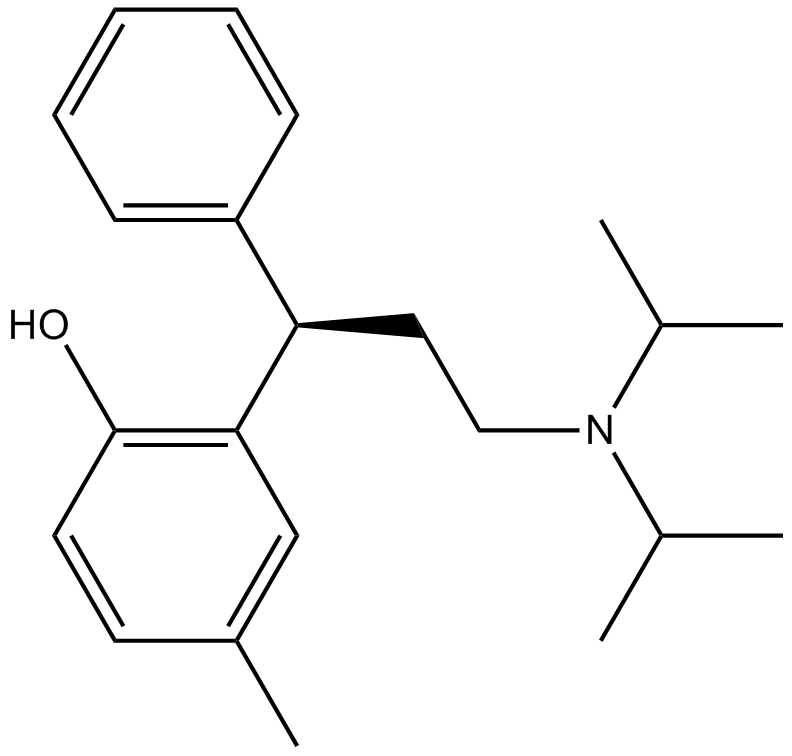
-
GC63452
(Rac)-5-Hydroxymethyl Tolterodine
(Rac)-5-Hydroxymethyl Tolterodine ((Rac)-Desfesoterodine), an active metabolite of Tolterodine, is a mAChR antagonist (Ki values of 2.3 nM, 2 nM, 2.5 nM, 2.8 nM, and 2.9 nM for M1, M2, M3, M4, and M5 receptors, respectively).
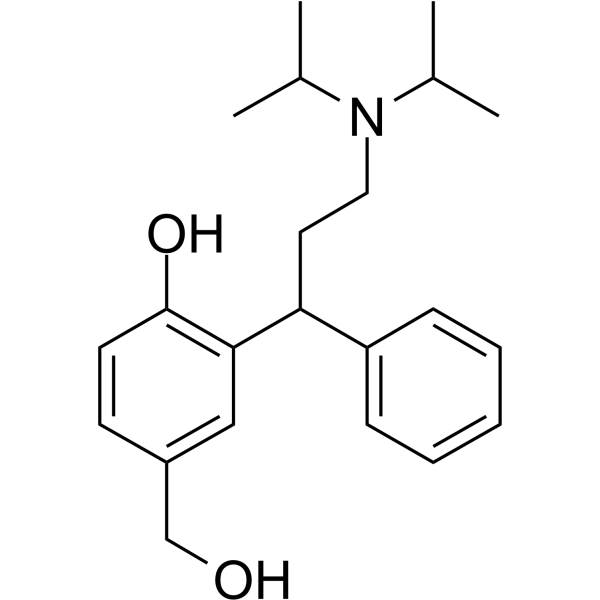
-
GC30859
AC260584
AC260584 is an M1 muscarinic receptor allosteric agonist with a pEC50 of 7.6.
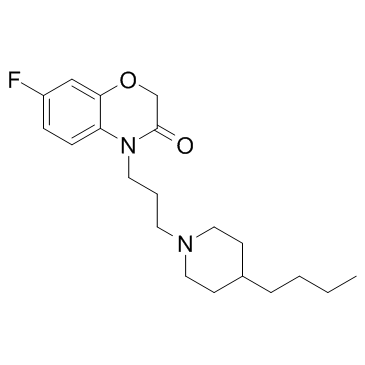
-
GC64332
Aceclidine
Aceclidine is a modulator of M3 muscarinic acetylcholine receptor.
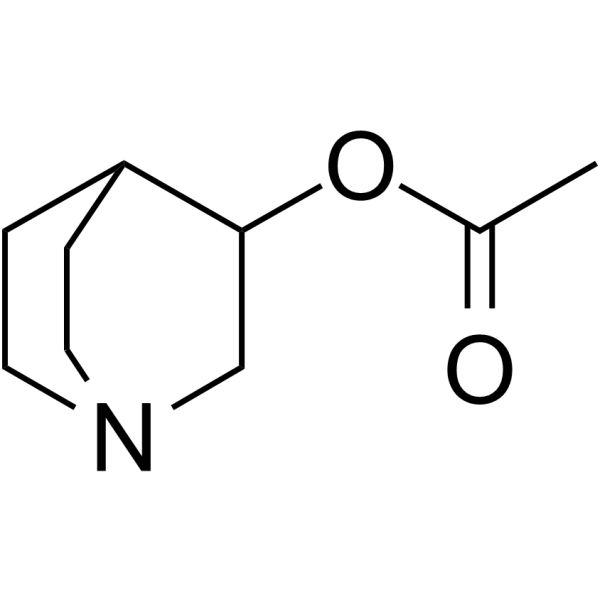
-
GC14096
Aclidinium Bromide
LAMAs antagonist
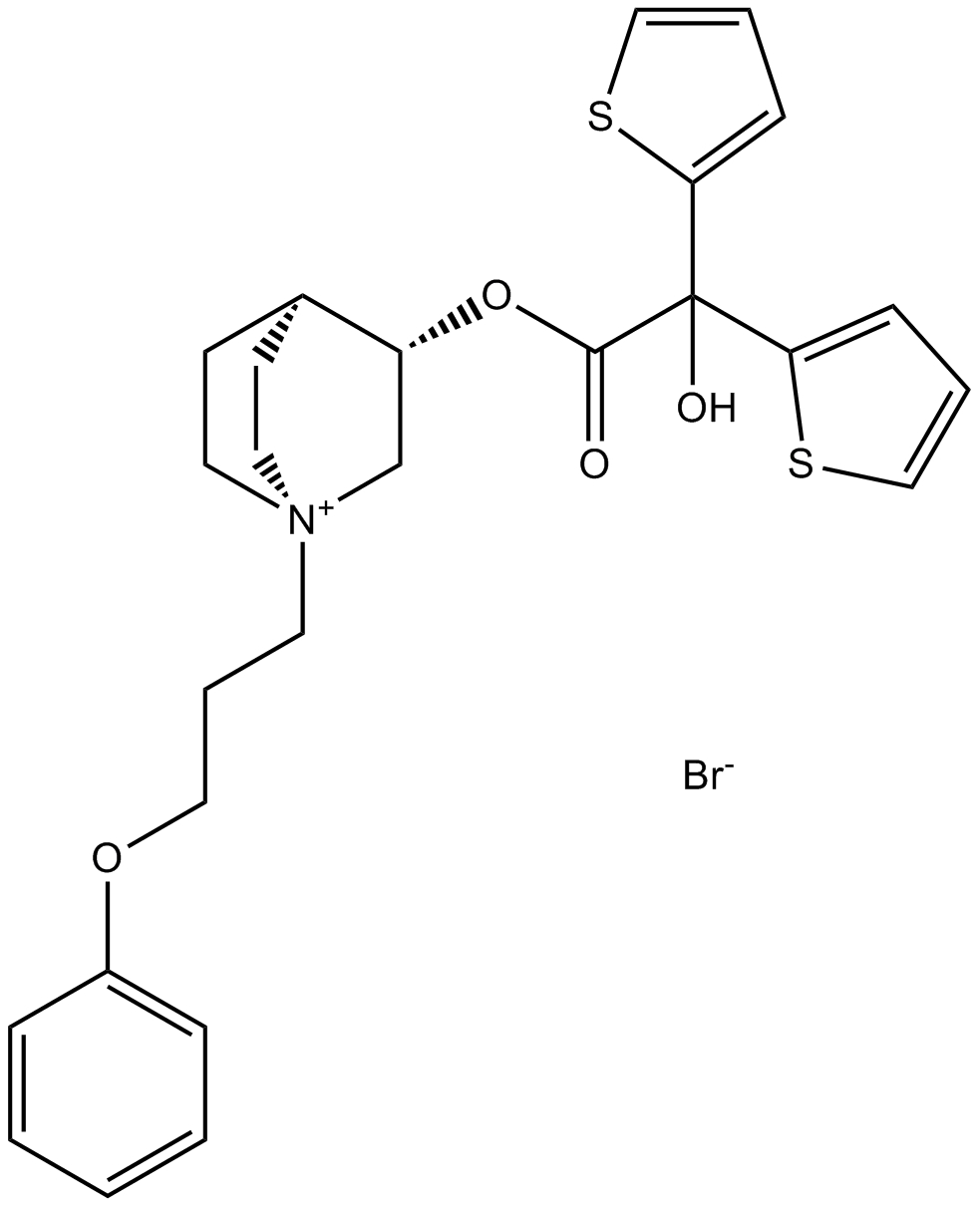
-
GC10219
AF-DX 116
AF-DX 116 (AF-DX 116) is a selective and competitive M2 muscarinic acetylcholine receptor antagonist, with IC50 values of 640 nM and 386 nM for rabbit peripheral lung and rat heart, respectively.
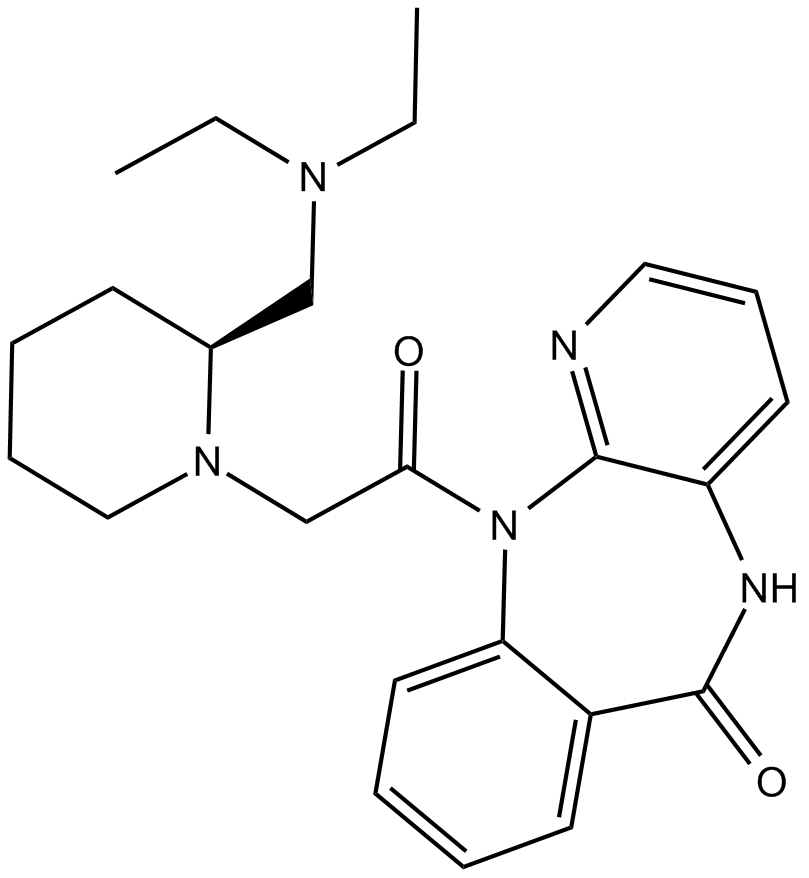
-
GC30996
Alvameline (Lu 25-109)
Alvameline (Lu 25-109) (Lu25-109) is a partial M1 agonist and M2/M3 antagonist.
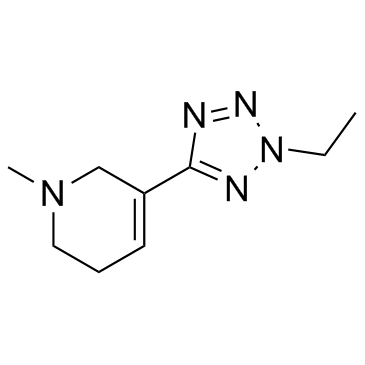
-
GC31815
Ambutonium bromide (BL700)
Ambutonium bromide (BL700) is an acetylcholine antagonist.
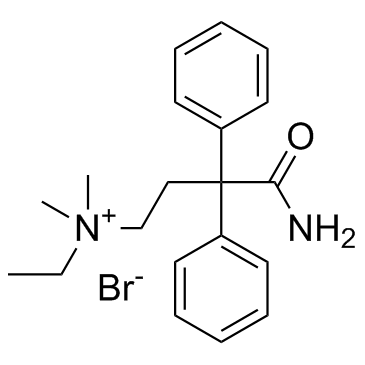
-
GC60049
Anisodamine hydrobromide
Anisodamine hydrobromide (6-Hydroxyhyoscyamine hydrobromide), a belladonna alkaloid, is a non-subtype-selective muscarinic and a nicotinic cholinoceptor antagonist.
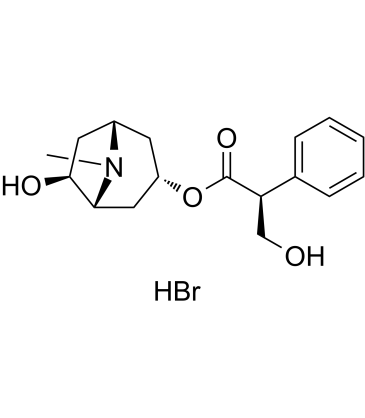
-
GC35381
Arborine
Arborine inhibits the peripheral action of acetylcholine and induces a fall in blood pressure.
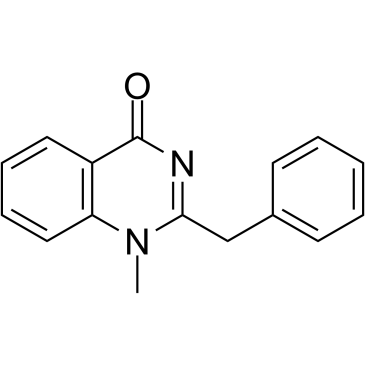
-
GC10264
Arecoline hydrobromide
muscarinic acetylcholine receptor agonist
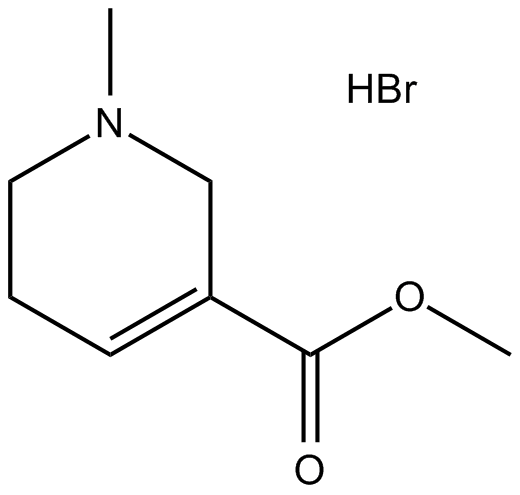
-
GC16526
Atropine
MAChRs antagonist
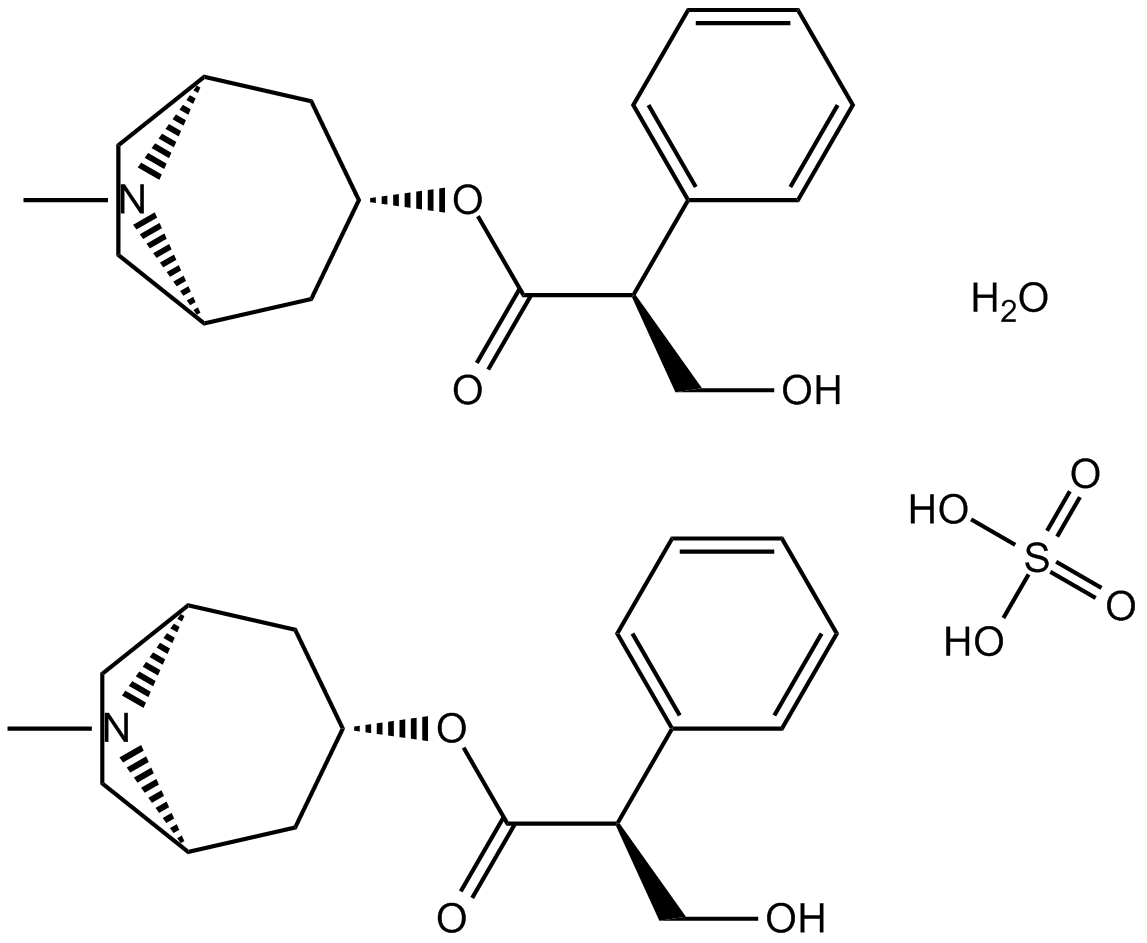
-
GC35427
Atropine methyl bromide
A muscarinic acetylcholine receptor antagonist
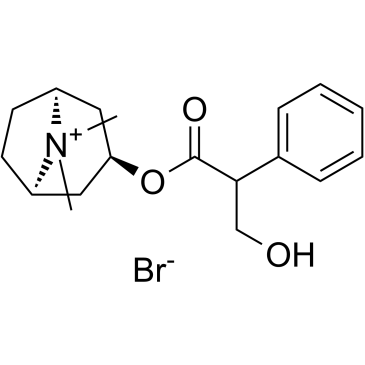
-
GC35428
Atropine sulfate
Atropine (Tropine tropate) sulfate is a competitive muscarinic acetylcholine receptor (mAChR) antagonist with IC50 values of 0.39 and 0.71 nM for Human mAChR M4 and Chicken mAChR M4, respectively.
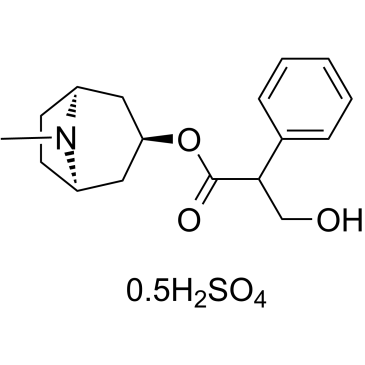
-
GC63827
Atropine sulfate monohydrate
Atropine (Tropine tropate) sulfate monohydrate is a broad-spectrum and competitive muscarinic acetylcholine receptor (mAChR) antagonist with anti-myopia effect.
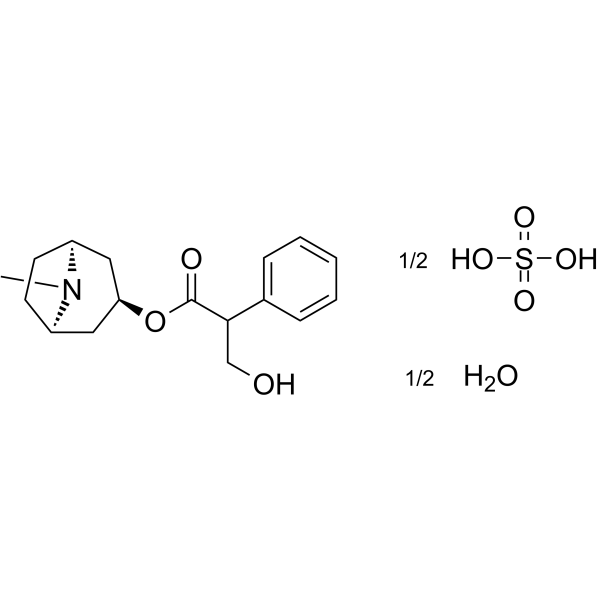
-
GC31690
Batefenterol (GSK961081)
Batefenterol (GSK961081) (GSK961081;TD-5959) is a novel muscarinic receptor antagonist and β2-adrenoceptor agonist; displays high affinity for hM2, hM3 muscarinic and hβ2-adrenoceptor with Ki values of 1.4, 1.3 and 3.7 nM, respectively.
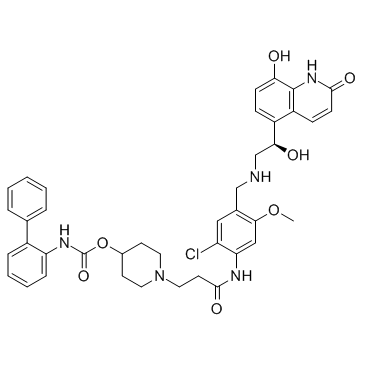
-
GC35492
Benzamide Derivative 1
Benzamide Derivative 1 is a benzamide derivative from patent EP0213775A1, compound 18.
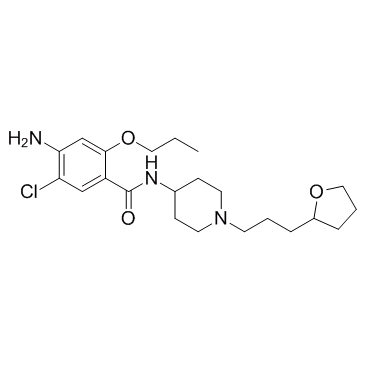
-
GC30925
Benzetimide hydrochloride (R4929)
Benzetimide hydrochloride (R4929) is a muscarinic acetylcholine receptor antagonist.

-
GC16791
Benztropine mesylate
Dopamine transporter (DAT) inhibitor
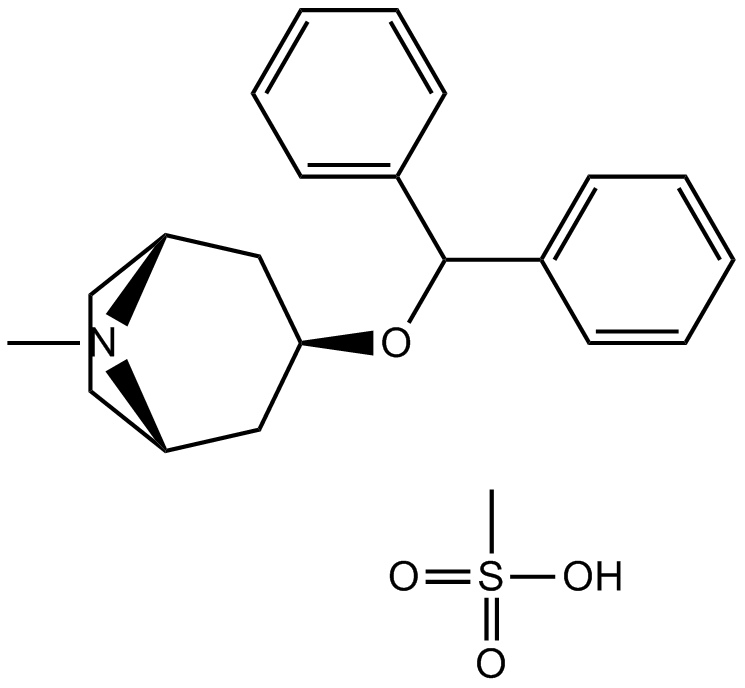
-
GC31942
Beperidium iodide (SX 810)
Beperidium iodide (SX 810) shows a competitive antagonistic effect against acetylcholine receptor with a pA2 of 7.93.
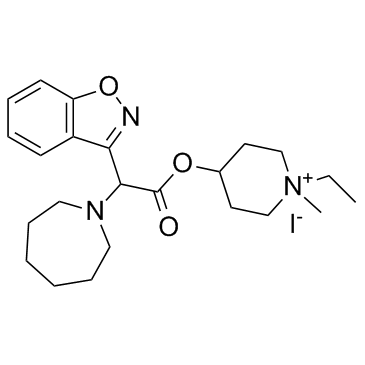
-
GC14419
Bethanechol chloride
Muscarinic receptor agonist
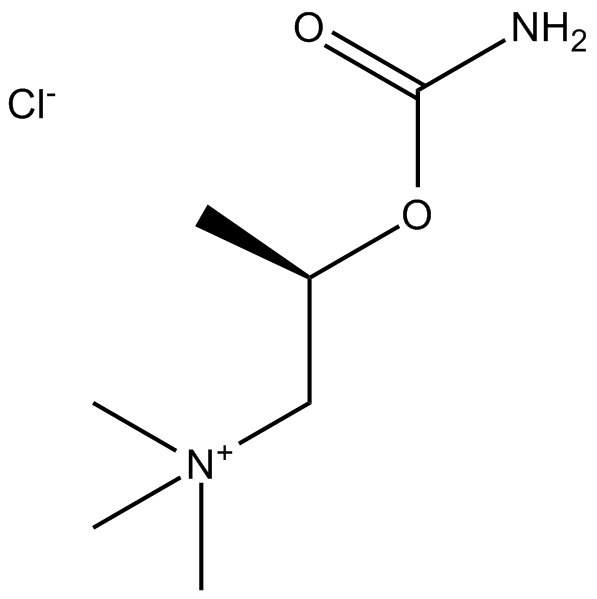
-
GC35524
Biperiden
Biperiden (KL 373) is a non-selective muscarinic receptor antagonist that competitively binds to M1 muscarinic receptors, thereby inhibiting acetylcholine and enhancing dopamine signaling in the central nervous system.
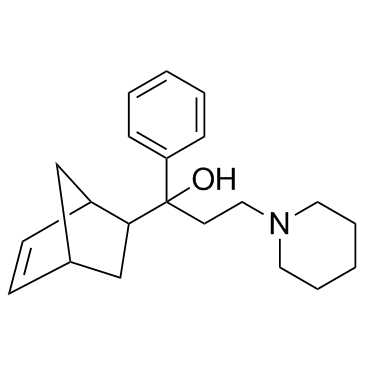
-
GC10621
Biperiden HCl
Biperiden (KL 373) hydrochloride is a non-selective muscarinic receptor antagonist that competitively binds to M1 muscarinic receptors, thereby inhibiting acetylcholine and enhancing dopamine signaling in the central nervous system.
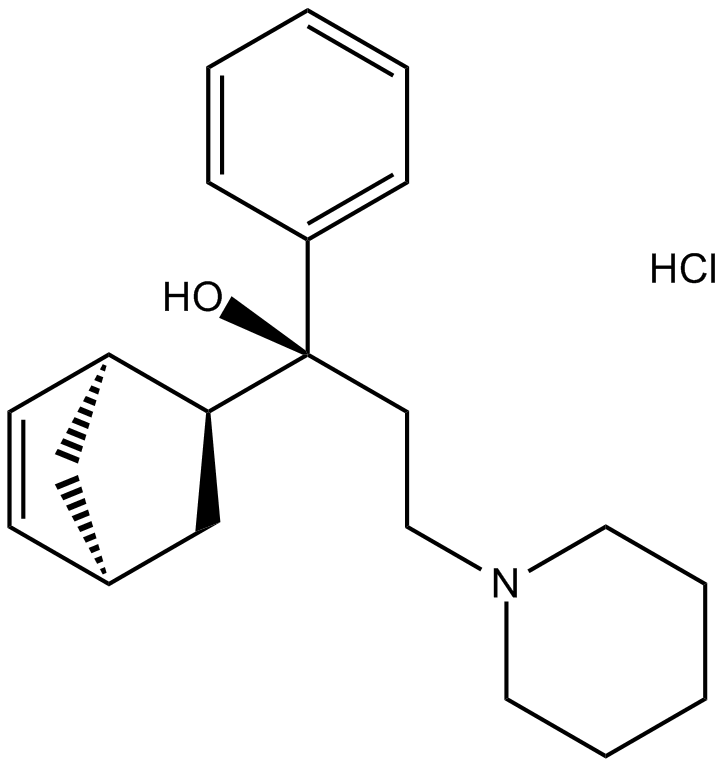
-
GC15758
BQCA
positive allosteric modulator of the M1 muscarinic acetylcholine receptor (mAChR)
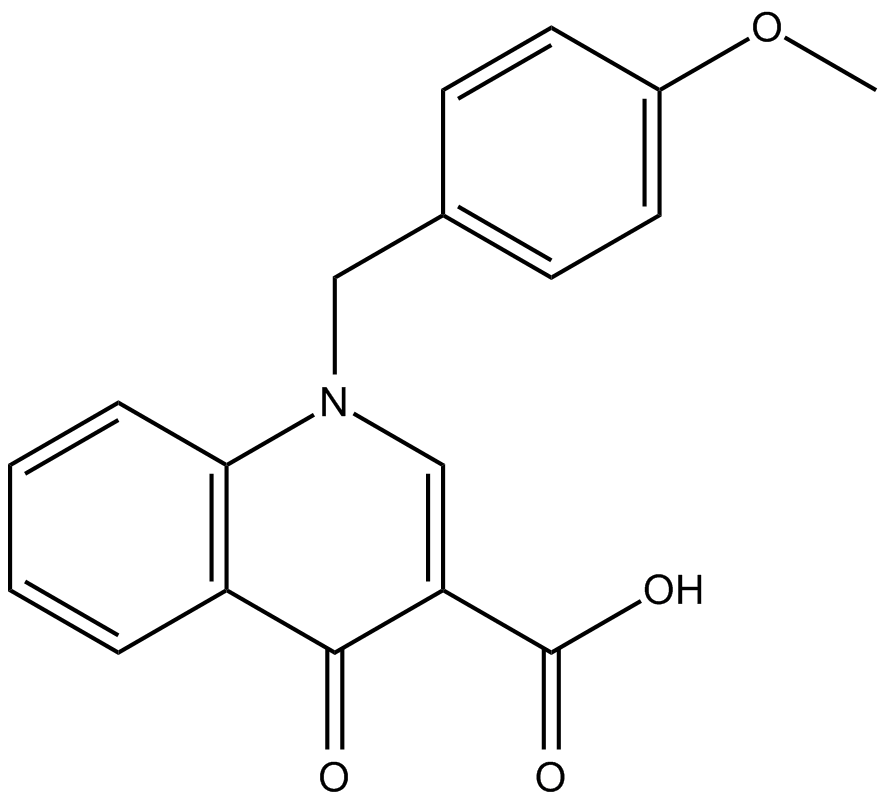
-
GC32039
BTM-1086
BTM-1086 is a potent anti-ulcer and gastric secretory inhibiting agent.

-
GC31072
Camylofine
Camylofin is an antimuscarinic, is a smooth muscle relaxant
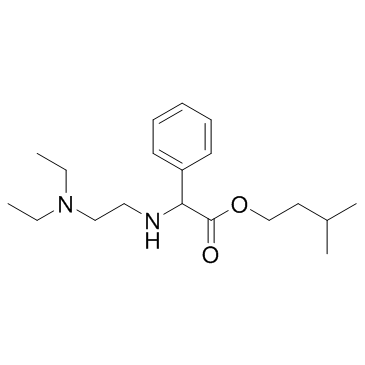
-
GC16937
Carbamoylcholine chloride
Cholinergic receptor agonist
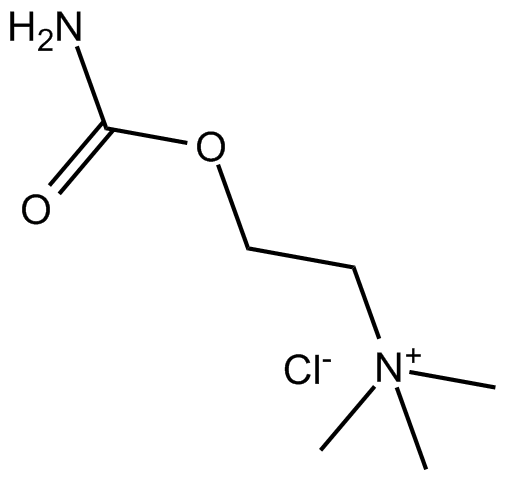
-
GC31255
CDD0102 (CDD0102A)
CDD0102 (CDD0102A) is a potent M1 Muscarinic receptor agonist.
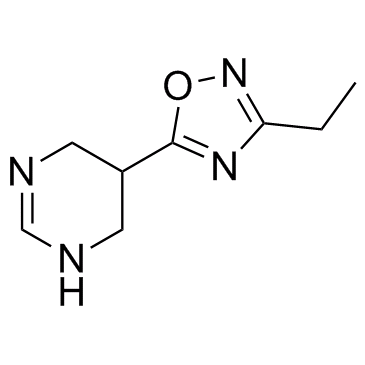
-
GC14215
Cevimeline
A muscarinic receptor agonist
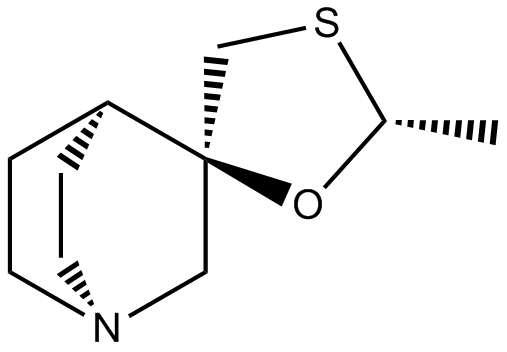
-
GC43232
Cevimeline (hydrochloride)
Cevimeline is a muscarinic receptor agonist (EC50s = 23, 48, and 63 nM for M1, M3, and M5, respectively, and >1 μM for M2 and M4).

-
GC17157
Cevimeline hydrochloride hemihydrate
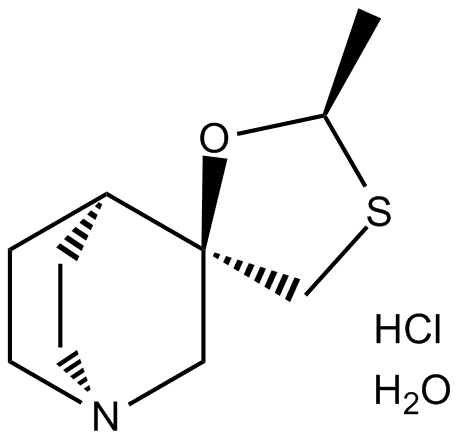
-
GC38693
Choline bitartrate
Choline bitartrate is a vitamin-like essential nutrient, can affect diseases such as liver disease, atherosclerosis and neurological disorders.
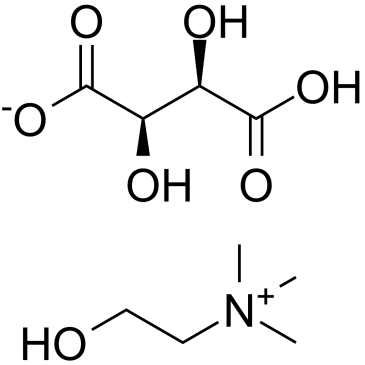
-
GC30955
Cimetropium Bromide (DA-3177)
Cimetropium Bromide (DA-3177) (DA-3177) is a mAChR antagonist for long-term treatment of irritable bowel syndrome.
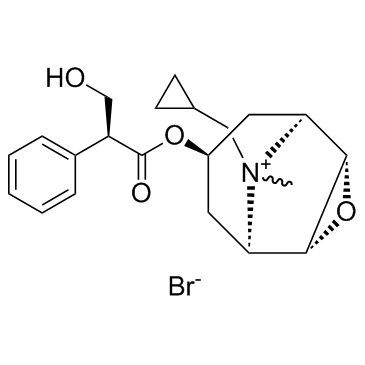
-
GC31048
Clidinium bromide (Ro 2-3773)
Clidinium bromide (Ro 2-3773) is a quaternary amine antimuscarinic agent.
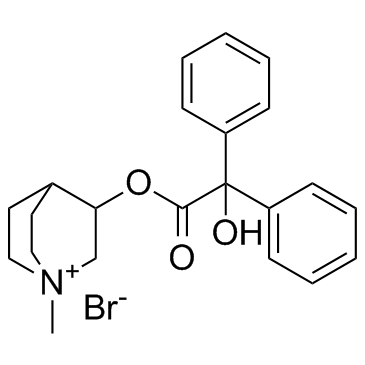
-
GC17760
Clozapine
Clozapine (HF 1854) is an antipsychotic used for the research of schizophrenia.
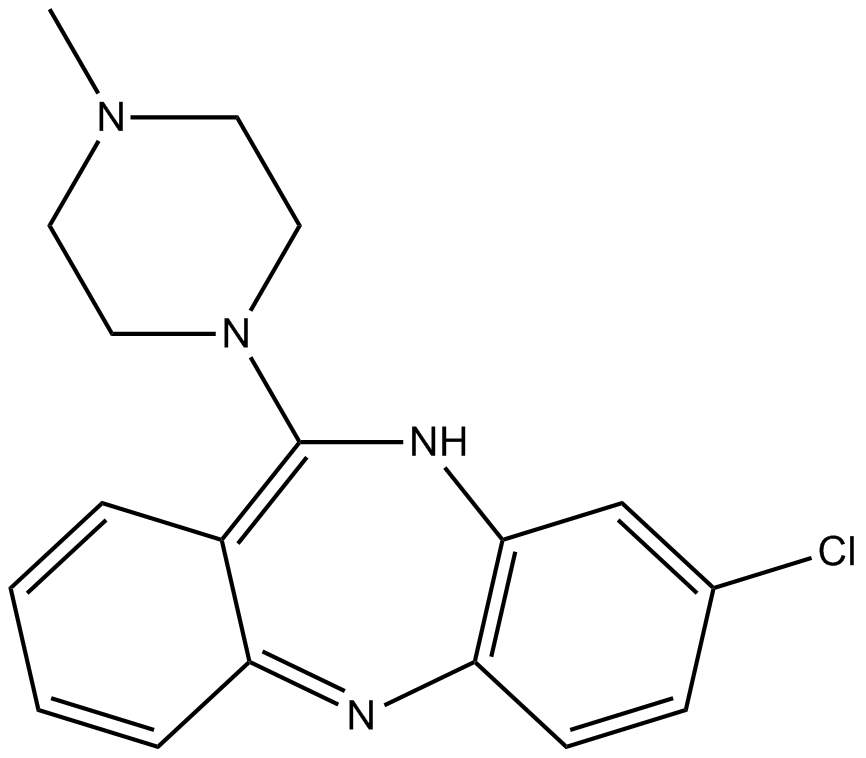
-
GC50193
Clozapine - d8
Clozapine - d8 (HF 1854-d8) is the deuterium labeled Clozapine.
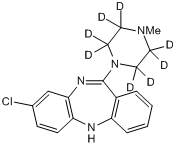
-
GC10822
Clozapine N-oxide (CNO)
A metabolite of clozapine and muscarinic DREADD agonist

-
GC31209
Cyclodrine hydrochloride
Cyclodrine hydrochloride is a cholinergic (muscarinic, nicotinic) (mAChR and nAChR) receptor antagonist.
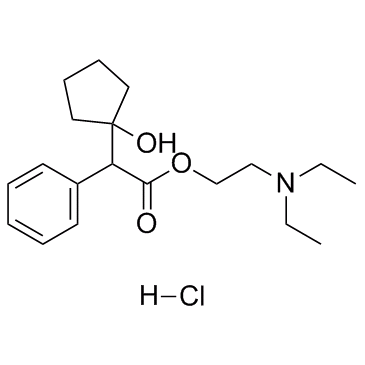
-
GC43347
Cyclopentolate (hydrochloride)
Cyclopentolate is an antagonist of muscarinic acetylcholine receptors (Kis = 1.62, 27.5, and 2.63 nM for M1, M2, and M3 receptors, respectively).

-
GC31136
Darenzepine
Darenzepine is a muscarinic receptor inhibitor extracted from patent US 20170095465 A1.

-
GC35810
Darifenacin
Darifenacin(UK88525) is a selective M3 muscarinic receptor antagonist with pKi of 8.9.
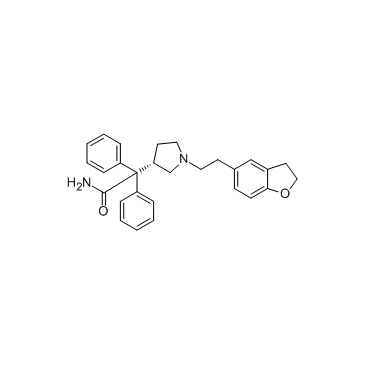
-
GC15772
Darifenacin HBr
Darifenacin HBr (UK-88525 hydrobromide) is a selective M3 muscarinic receptor antagonist with pKi of 8.9.
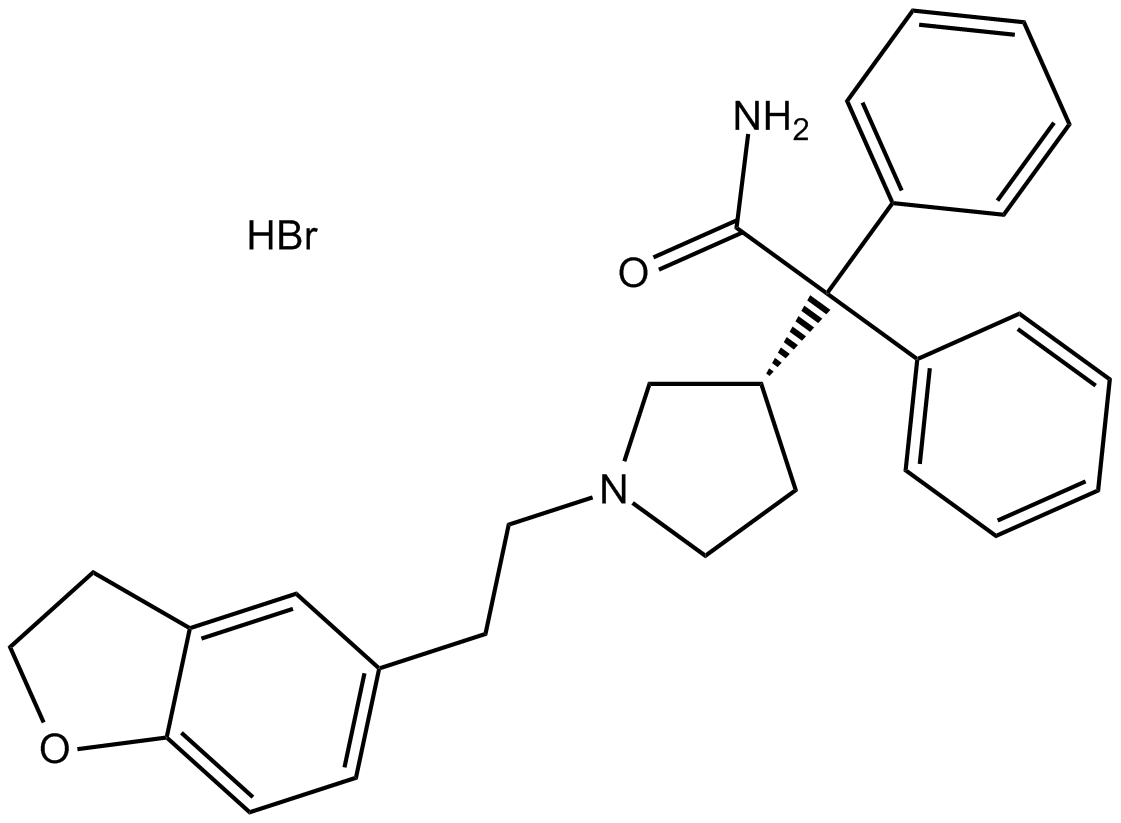
-
GC60758
Deschloroclozapine
Deschloroclozapine, a metabolite of Clozapine, is a highly potent muscarinic DREADDs agonist.
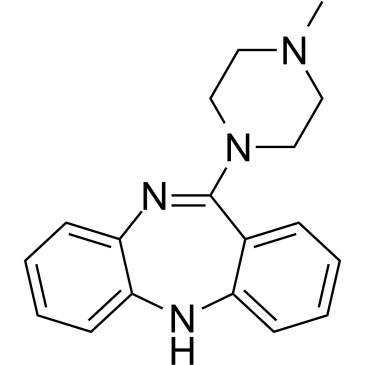
-
GC35842
Desfesoterodine
Desfesoterodine (PNU-200577) is a potent and selective muscarinic receptor (mAChR) antagonist with a KB and a pA2 of 0.84 nM and 9.14, respectively.

-
GC35845
Dexetimide
Dexetimide ((+)-Benzetimide; (S)-(+)-Dexetimide; Dexbenzetimide) is a piperidine anticholinergic and a high-affinity muscarinic receptor antagonist.
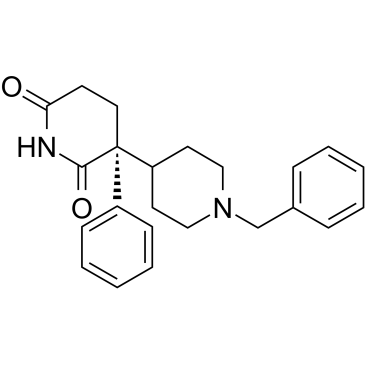
-
GC16635
Diphemanil Methylsulfate
Diphemanil methylsulfate is a quaternary ammonium anticholinergic.
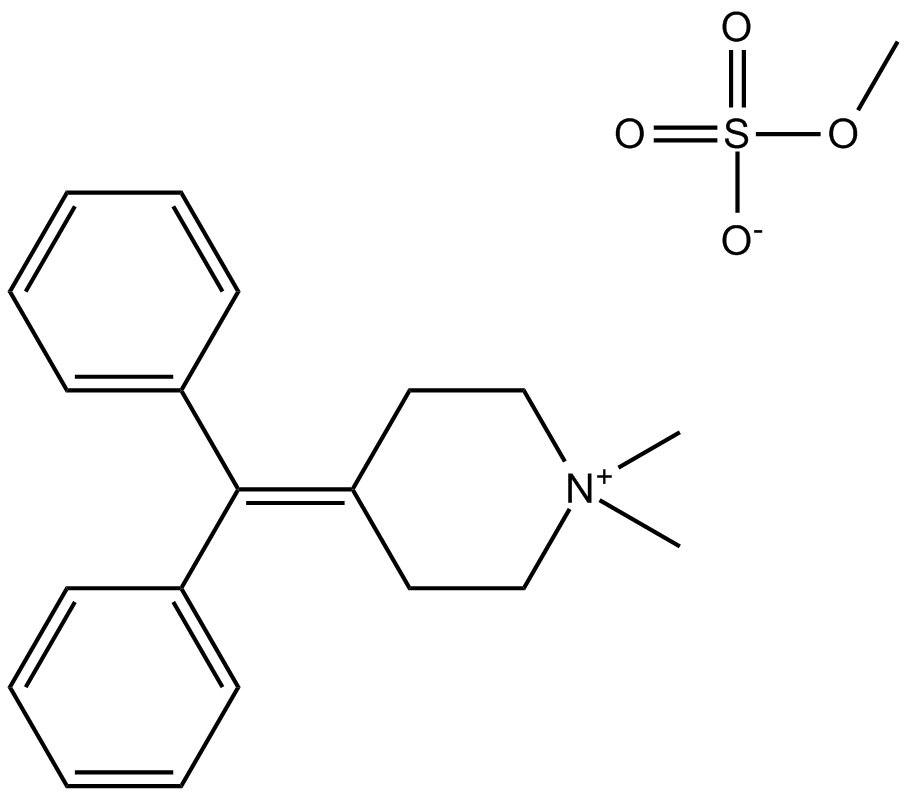
-
GC10300
Diphenidol HCl
Diphenidol HCl (Difenidol hydrochloride) is a non-selective muscarinic M1-M4 receptor antagonist, has anti-arrhythmic activity.
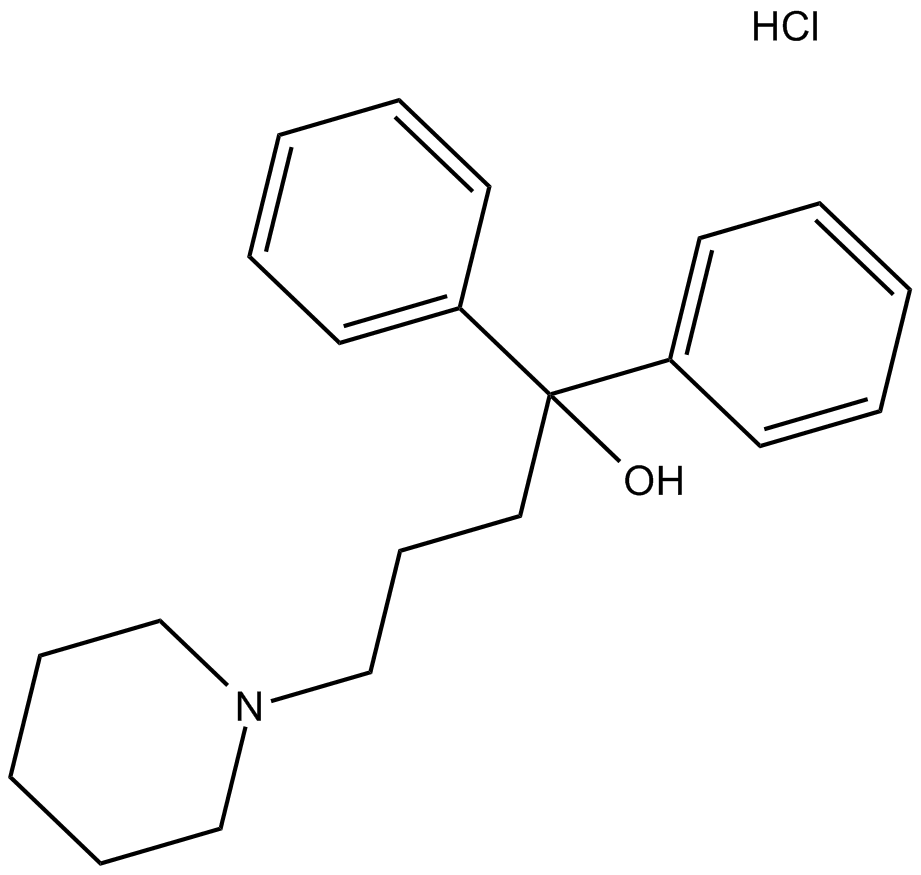
-
GC30849
DREADD agonist 21
A muscarinic hM3Dq DREADD agonist
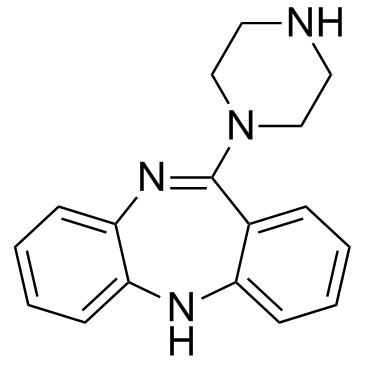
-
GC50446
DREADD agonist 21 dihydrochloride
Potent muscarinic DREADD agonist; water soluble version of DREADD agonist 21
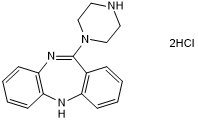
-
GC16073
Dronedarone
An antiarrhythmic agent
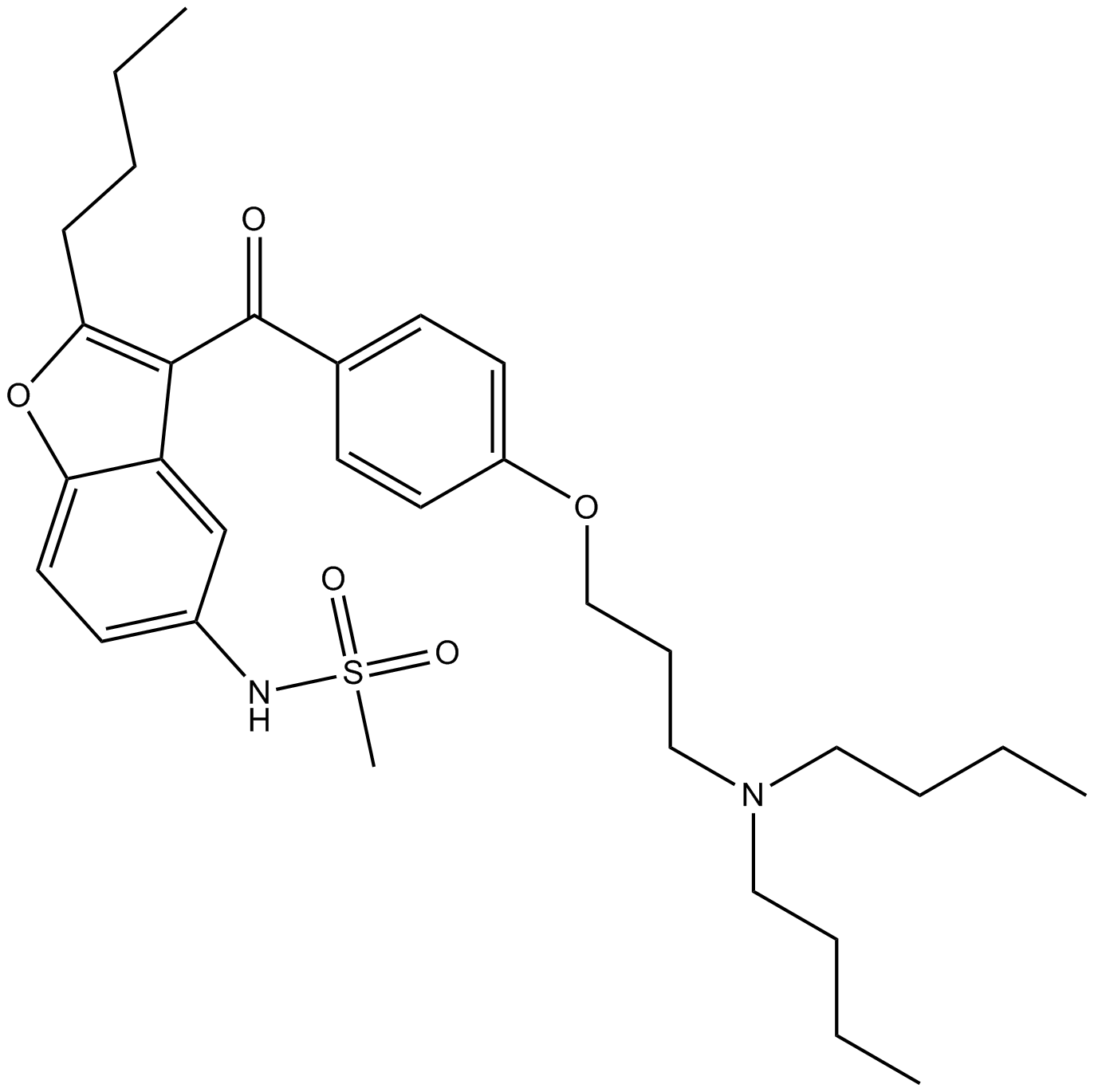
-
GC30409
Elucaine
Elucaine is a muscarinic acetylcholine receptor antagonist with anti-ulcerative activity.
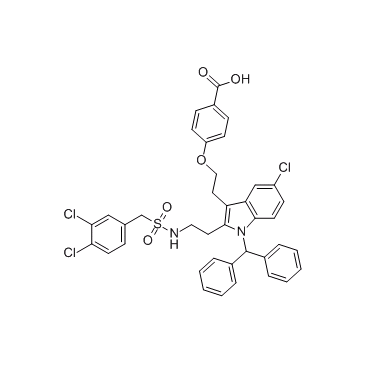
-
GC63484
Emraclidine
Emraclidine (CVL-231) is a muscarinic M4 receptor positive allosteric modulator (WO2018002760, compound 11).
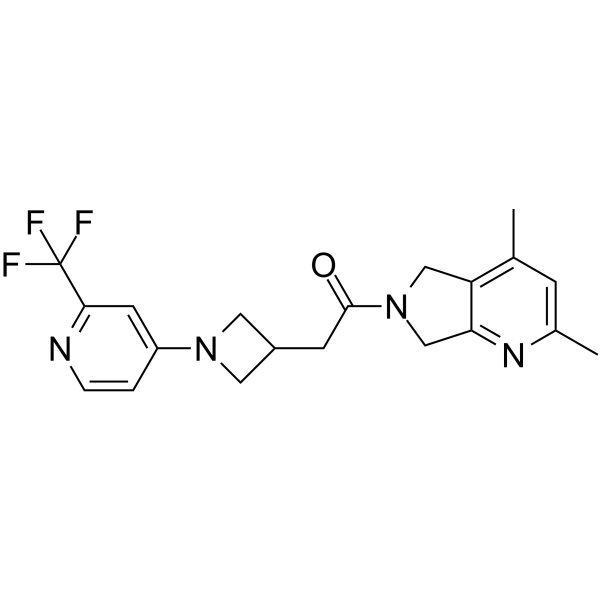
-
GC31017
ENS-163 phosphate (ENS 213-163)
ENS-163 phosphate (ENS 213-163) is a selective muscarinic M1 receptor agonist.

-
GC39379
Fesoterodine
Fesoterodine is an orally active, nonsubtype selective, competitive muscarinic receptor (mAChR) antagonist with pKi values of 8.0, 7.7, 7.4, 7.3, 7.5 for M1, M2, M3, M4, M5 receptors, respectively.
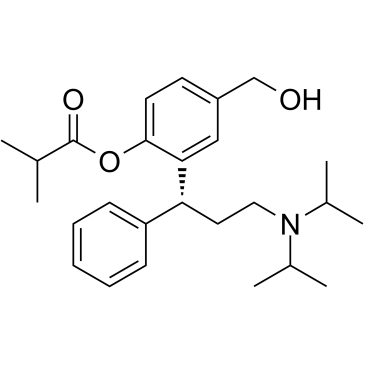
-
GC16087
Fesoterodine Fumarate
Muscarinic AChR receptor antagonist
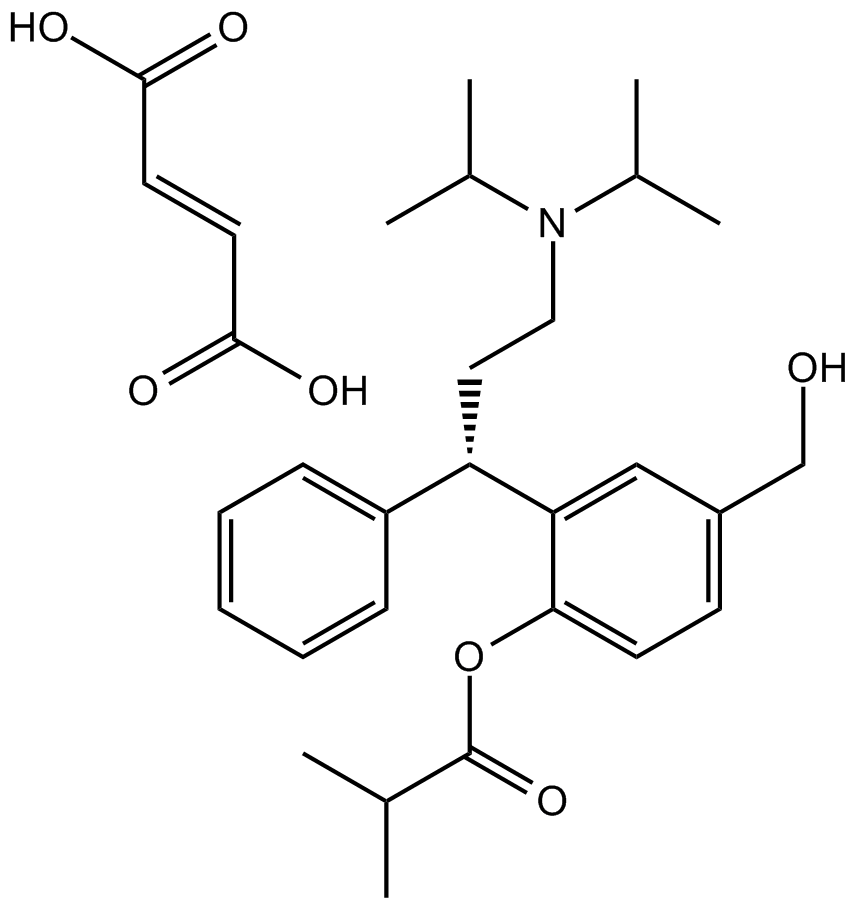
-
GC39380
Fesoterodine L-mandelate
Fesoterodine L-mandelate is an orally active, nonsubtype selective, competitive muscarinic receptor (mAChR) antagonist with pKi values of 8.0, 7.7, 7.4, 7.3, 7.5 for M1, M2, M3, M4, M5 receptors, respectively.
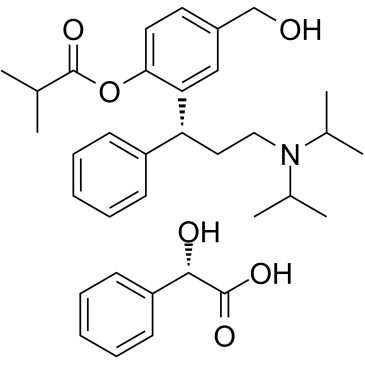
-
GC13361
Flavoxate hydrochloride
muscarinic AChR antagonist
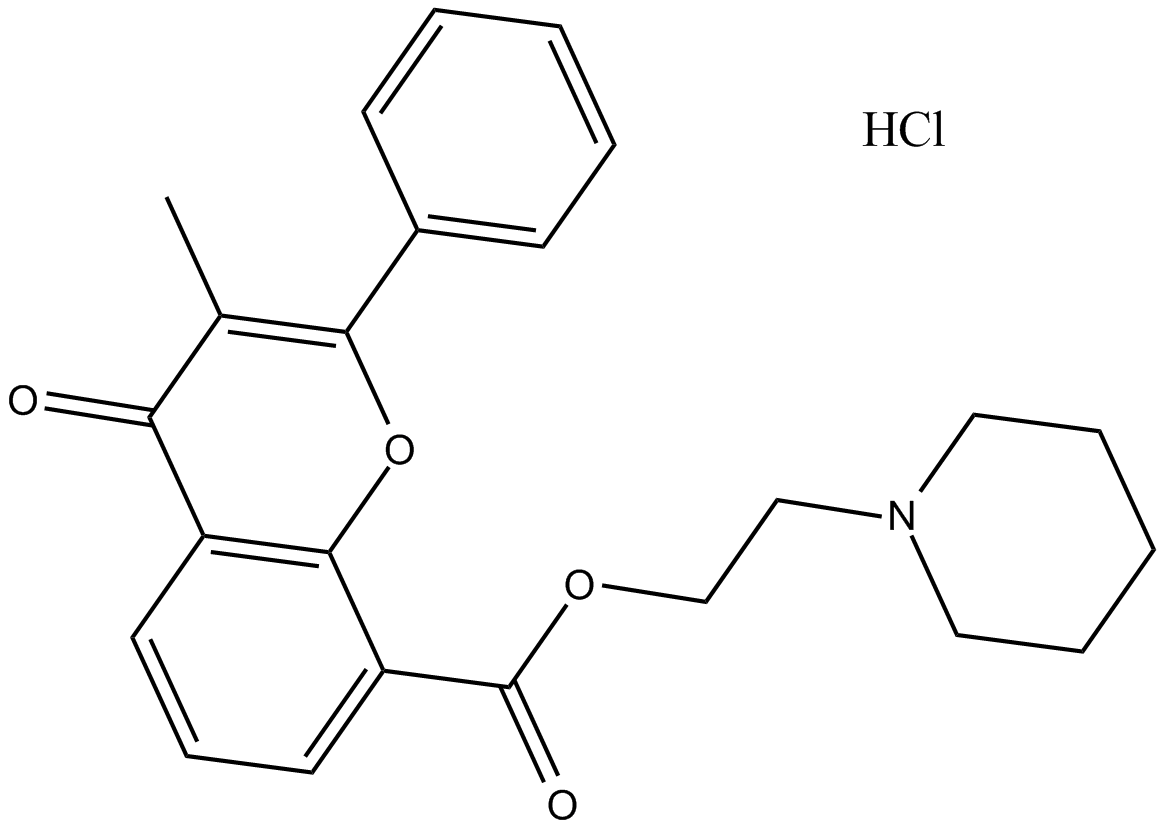
-
GC11385
G-Protein antagonist peptide
Inhibits G protein activation by GPCRs
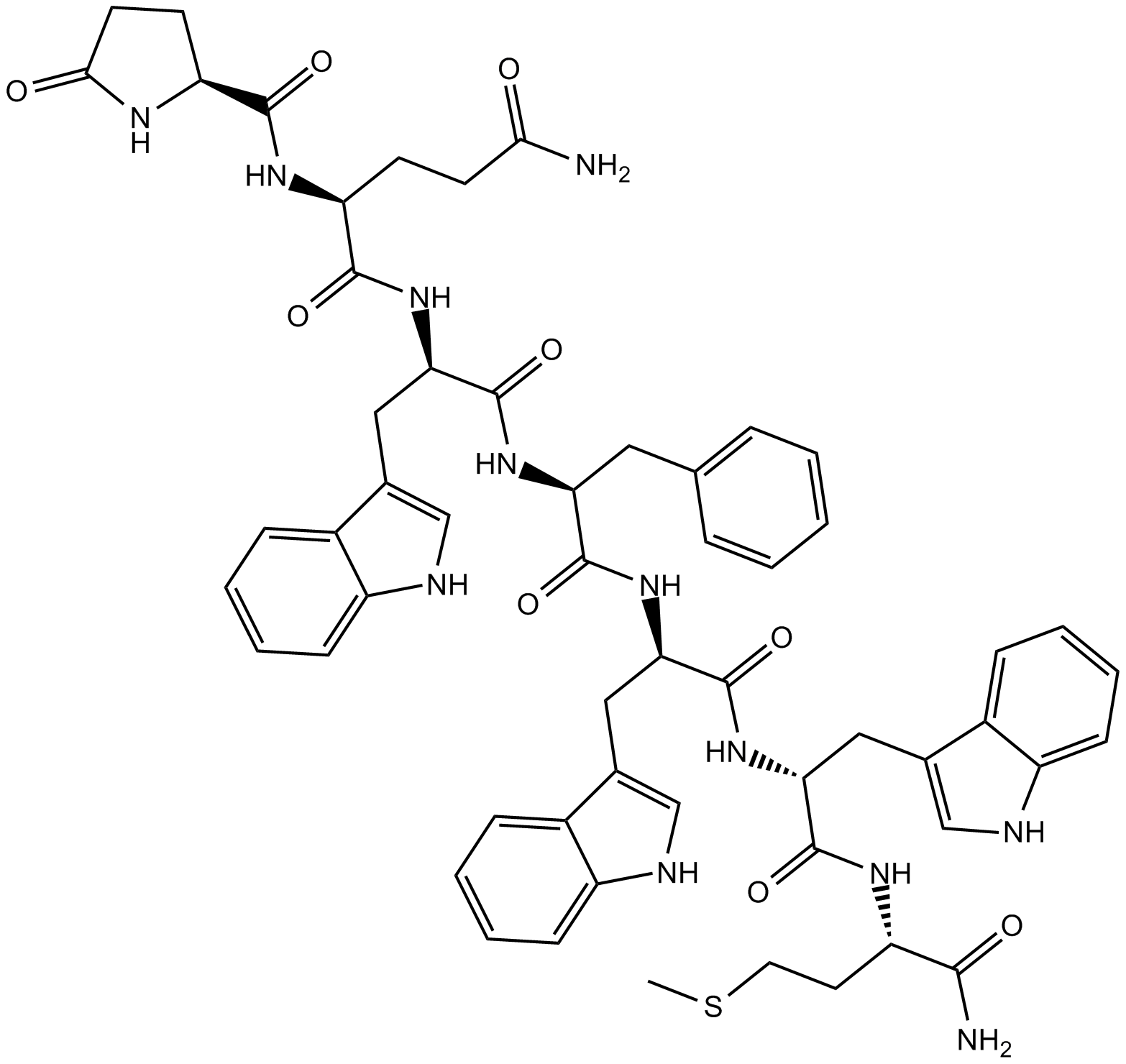
-
GC63766
G-Protein antagonist peptide TFA
G-Protein antagonist peptide TFA is a truncated substance P-related peptide, competes with receptor for G protein binding.

-
GC10972
Gallamine Triethiodide
Cholinergic receptor blocker
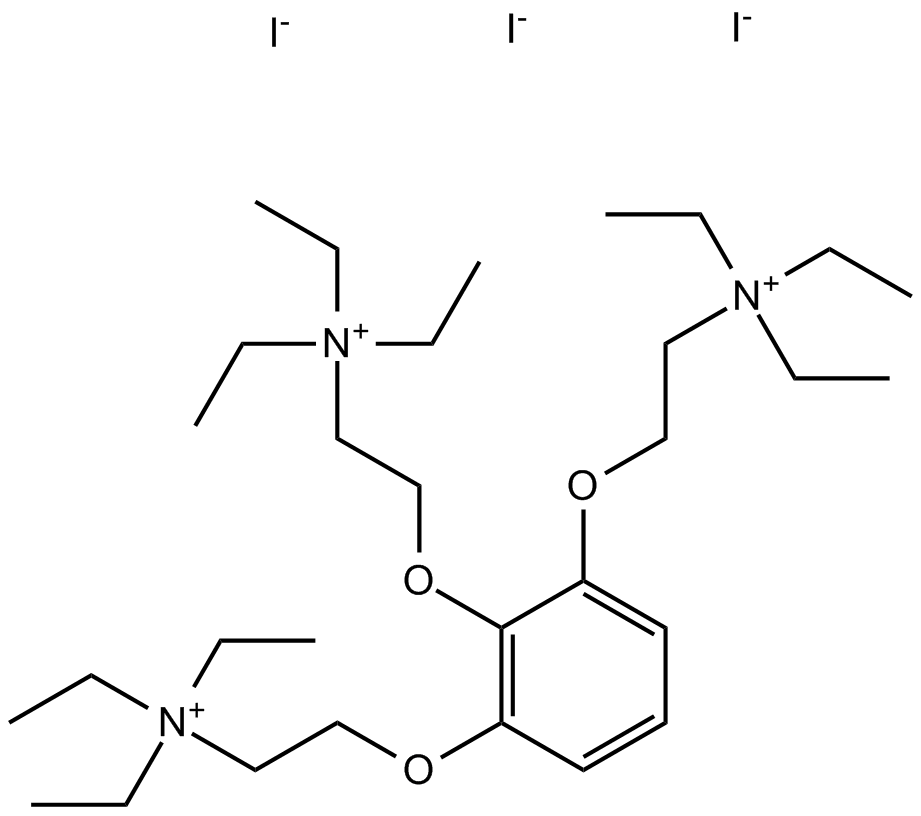
-
GC15029
Glycopyrrolate
Muscarinic competitive antagonist
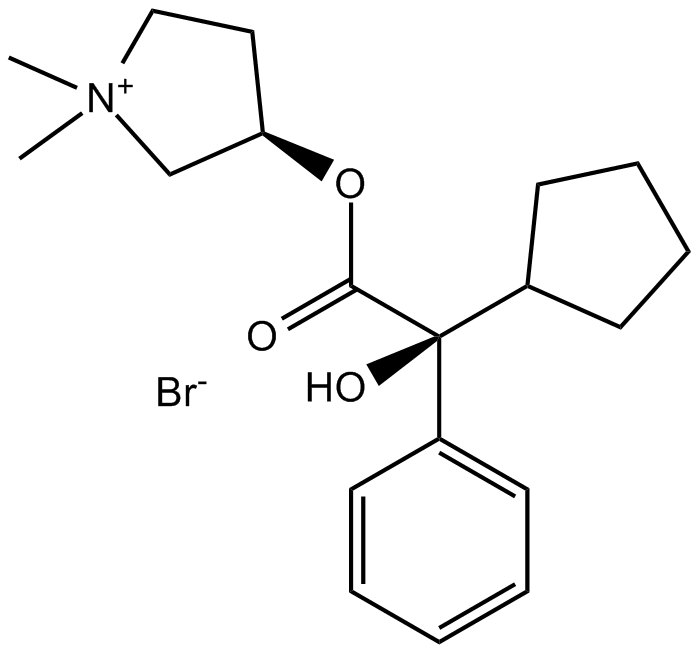
-
GC65379
Guvacoline hydrochloride
Guvacoline hydrochloride, a pyridine alkaloid found in Areca triandra, can act as a weak full agonist of atrial and ileal muscarinic receptors.

-
GC13897
Homatropine Bromide
Muscarinic AChR antagonist
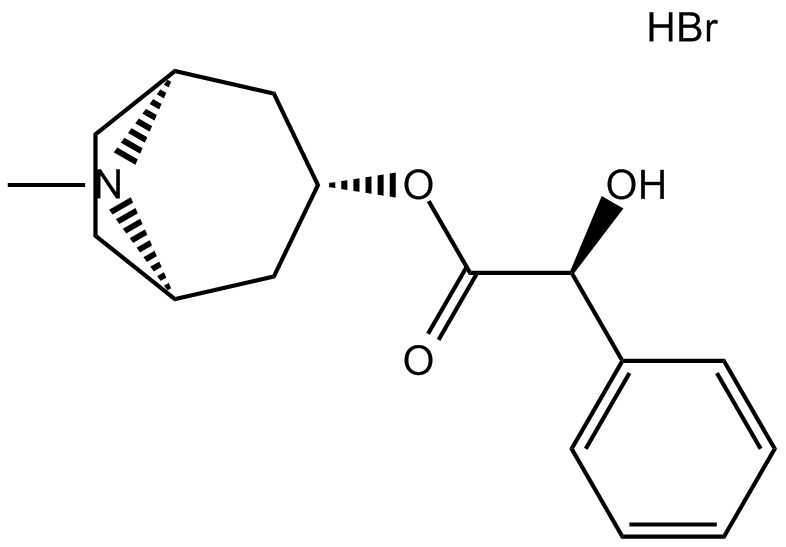
-
GC17908
Homatropine Methylbromide
Muscarinic AChR antagonist
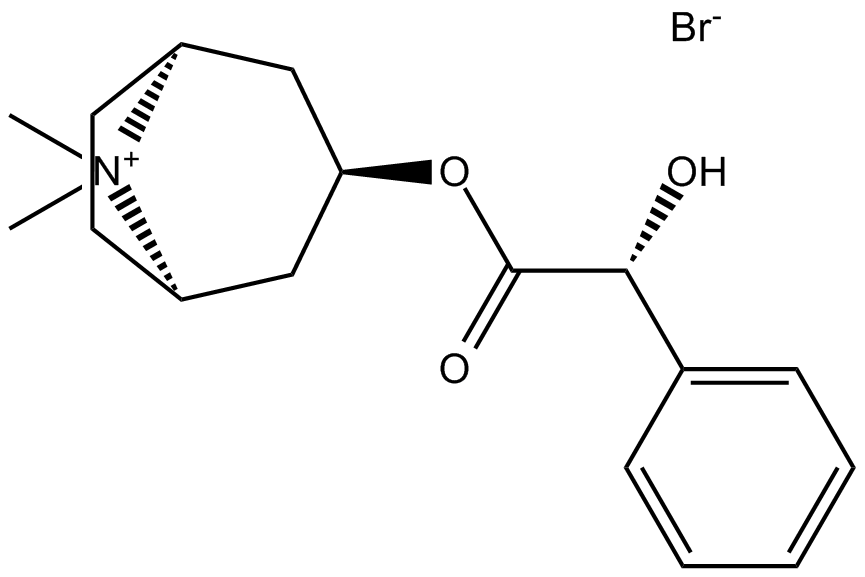
-
GC11035
Hyoscyamine
Hyoscyamine (Daturine), a natural plant tropane alkaloid, is a potent and competitive muscarinic receptor (MR) antagonist.
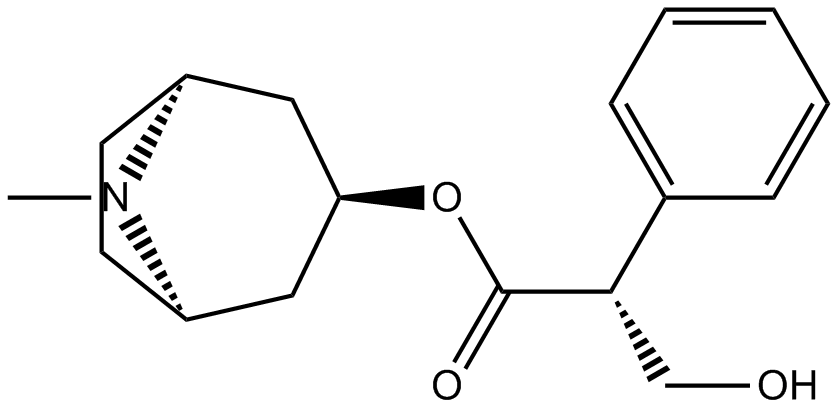
-
GC30812
Imidafenacin (KRP-197)
Imidafenacin (KRP-197)(KRP-197; ONO-8025) is a potent and selective inhibitor of M3 receptors with Kb of 0.317 nM; less potent for M2 receptors(IC50=4.13 nM).
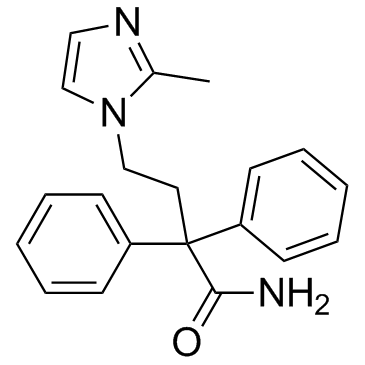
-
GC12717
Ipratropium Bromide
AChR antagonist
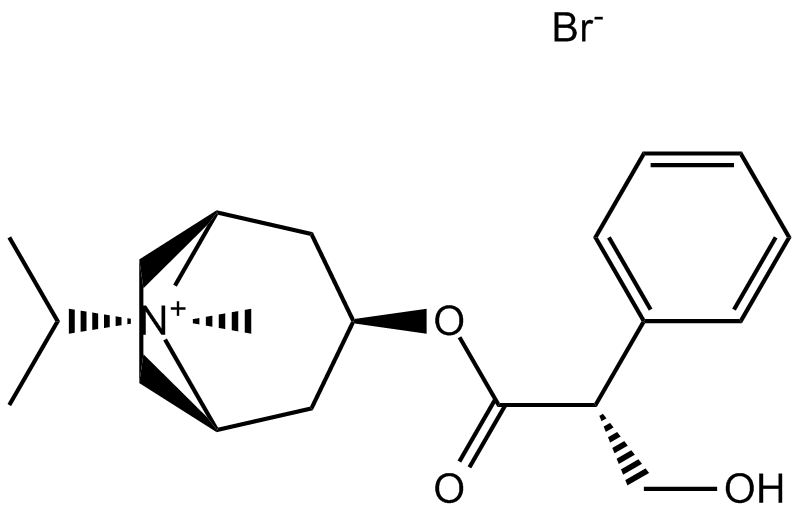
-
GC68326
Ipratropium-d3 bromide

-
GC13191
Irsogladine
PDE4 inhibitor
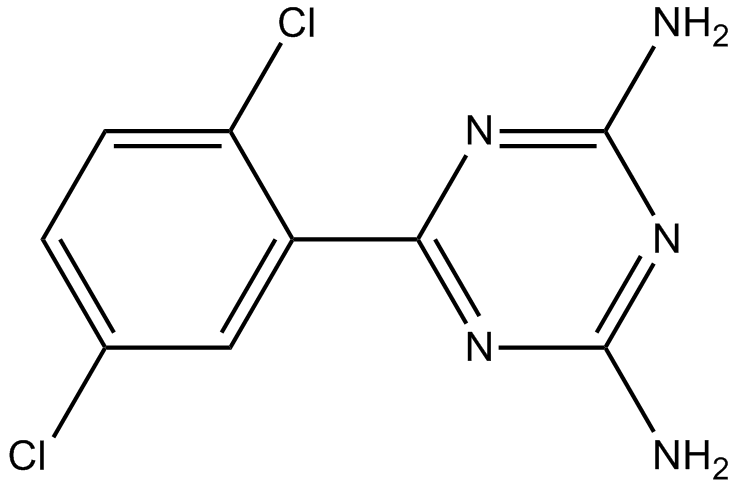
-
GC33878
Irsogladine maleate (Dicloguamine maleate)
Irsogladine is a PDE4 inhibitor and muscarinic acetylcholine receptor binder.

-
GC39076
Isopteropodine
Isopteropodine is heteroyohimbine-type oxindole alkaloid components of Uncaria tomentosa (Willd.
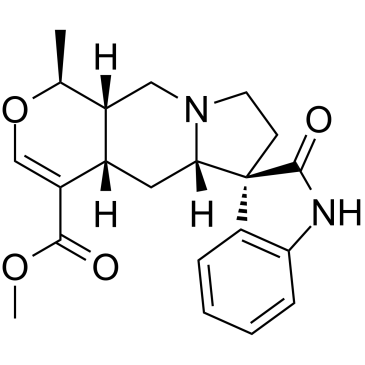
-
GC50681
JHU 37152
JHU 37152 is a potent and brain-penetrant DREADD agonist, with EC50s of 5nM and 0.5nM for hM3Dq and hM4Di DREADDs in HEK-293 cells, respectively.
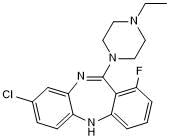
-
GC50682
JHU 37160
JHU 37160 is a potent and brain-penetrant DREADD agonist, with EC50s of 18.5nM and 0.2nM for hM3Dq and hM4Di DREADDs in HEK-293 cells, respectively.
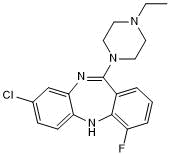
-
GC39130
L-Hyoscyamine sulfate
L-Hyoscyamine sulfate (Daturine sulfate), a natural plant tropane alkaloid, is a potent and competitive muscarinic receptor (MR) antagonist.
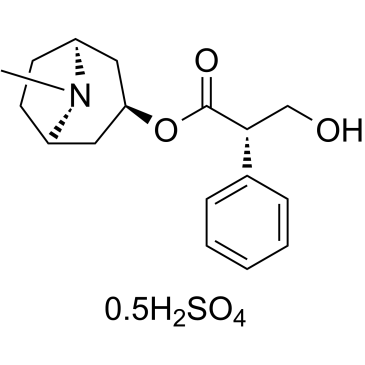
-
GC65504
L-Hyoscyamine-d3
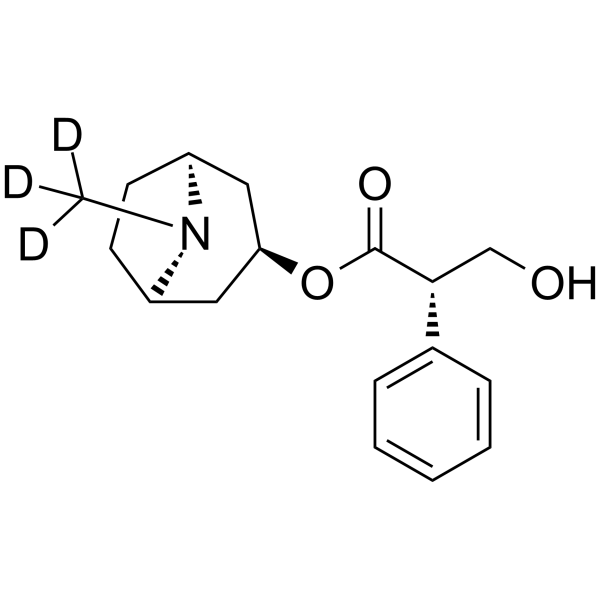
-
GC36442
Levetimide
Levetimide is a potent and stereoselective inhibitor of [3H](+)pentazocine binding, with a Ki of 2.2 nM.
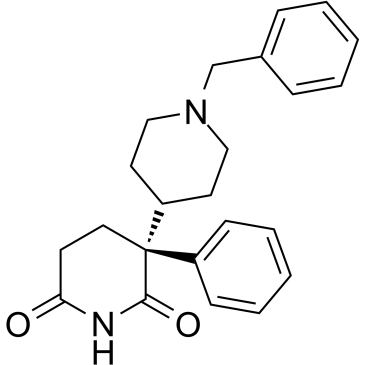
-
GC17779
Levetiracetam
Antiepileptic drug
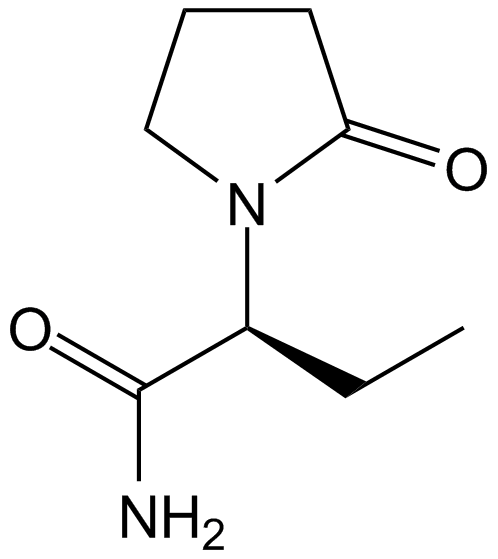
-
GC13445
LY2119620
positive allosteric modulator of M2/M4 receptor
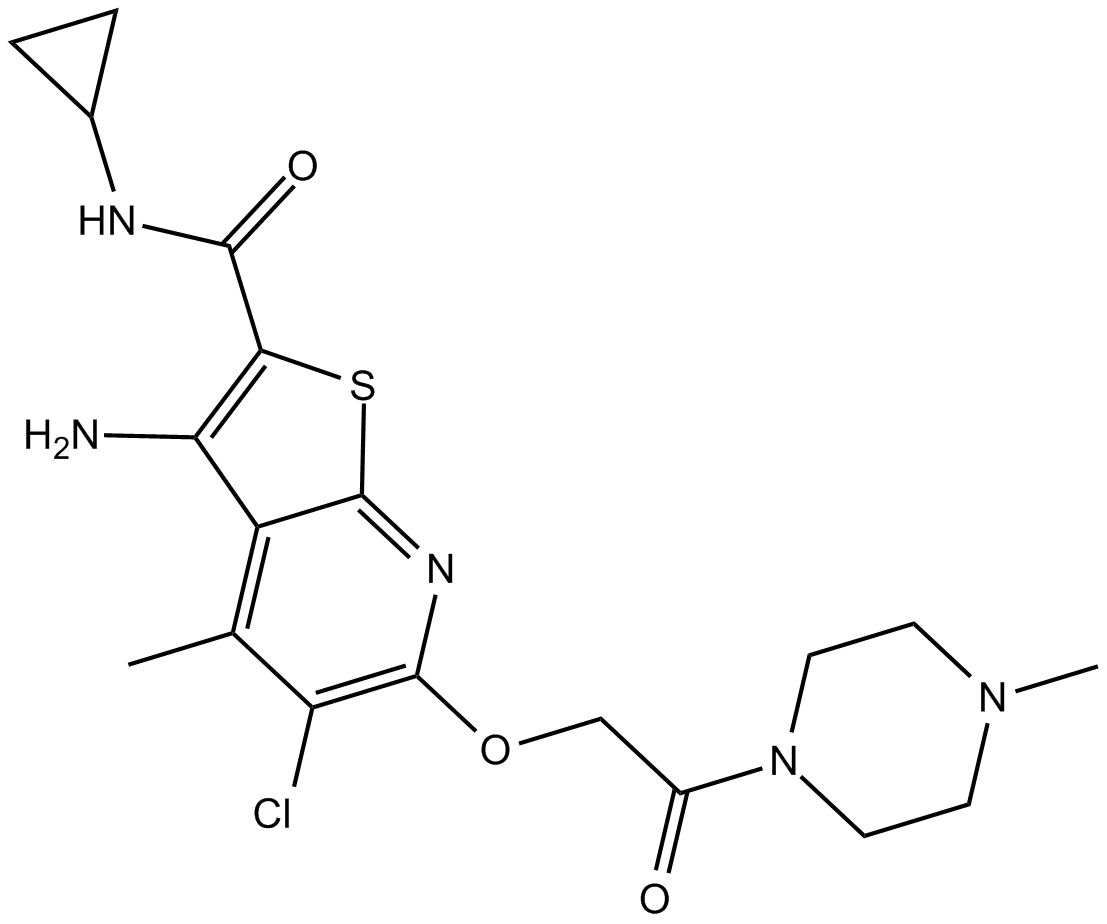
-
GC31984
M3 receptor antagonist 1
M3 receptor antagonist 1 is a selective, long-acting and competitive muscarinic M3 receptor antagonist.
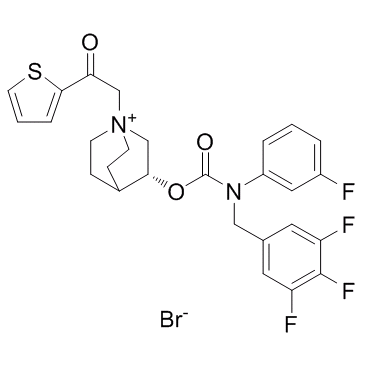
-
GC65567
M4 mAChR agonist-1
M4 mAChR agonist-1 (compound 10a) is a potent M4 mAChR agonist with an EC50 >10 μM for human M4.
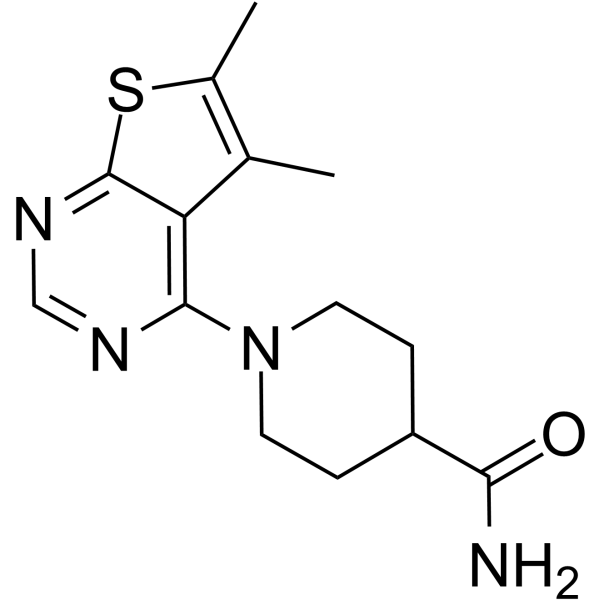
-
GC36523
mAChR-IN-1
mAChR-IN-1 is a potent muscarinic cholinergic receptor (mAChR) antagonist, with an IC50 of 17 nM.

-
GC36524
mAChR-IN-1 hydrochloride
mAChR-IN-1 hydrochloride is a potent muscarinic cholinergic receptor (mAChR) antagonist, with an IC50 of 17 nM.
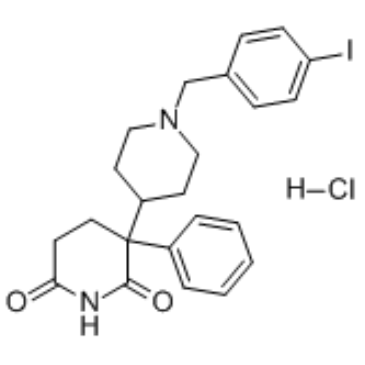
-
GC67620
Methacholine bromide
Methacholine (Acetyl-β-methylcholine) bromide is a potent muscarinic-3 (M3) agonist. Methacholine bromide acts directly on acetylcholine receptors on smooth muscle causing bronchoconstriction and airway narrowing. Methacholine bromide shows a high sensitivity to identify bronchial hyperresponsiveness (BHR). Methacholine bromide can be used to measure airway hyperresponsiveness (AHR) as a diagnostic aid in the assessment of individuals with asthma-like symptoms and normal resting expiratory flow rates.

-
GC33434
Methacholine chloride
Methacholine (Acetyl-β-methylcholine) choride is a potent muscarinic-3 (M3) agonist.

-
GC17825
Methscopolamine
Muscarinic acetylcholine receptor blocker

-
GC31946
Methylbenactyzium Bromide
Methylbenactyzium Bromide is a muscarinic acetylcholine receptor (mAChR) inhibitor.
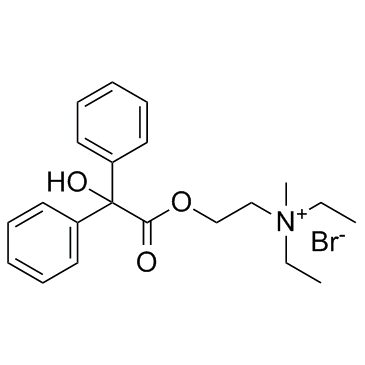
-
GC30968
Metixene hydrochloride hydrate
Metixene (Piperidine) hydrochloride hydrate is an anticholinergic and antiparkinsonian agent.
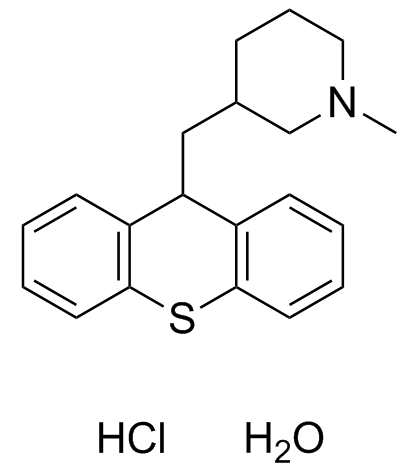
-
GC30446
MHP 133
MHP 133 is a drug with multiple CNS targets, and inhibits acetylcholinesterase (AChE) with Ki of 69 μM; also active against muscarinic M1 and M2 receptors, serotonin 5HT4 receptors, and imidazole I2 receptors.
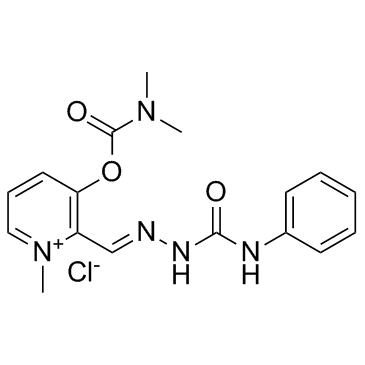
-
GC67979
MK-6884

-
GC30836
MK-7622 (M1 receptor modulator)
MK-7622 (M1 receptor modulator) (M1 receptor modulator) is a muscarinic M1 receptor positive allosteric modulator.
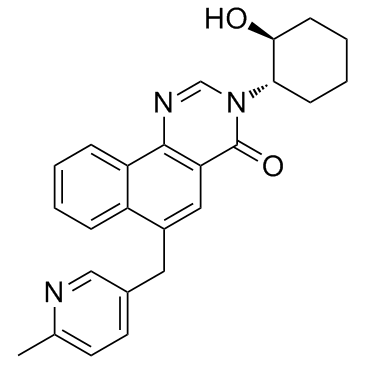
-
GC61802
ML380
ML380 is a potent, subtype-selective, and brain-penetrant positive allosteric modulator (PAM) of M5 mAChR, with EC50s of 190 and 610 nM for human and rat M5, respectively.
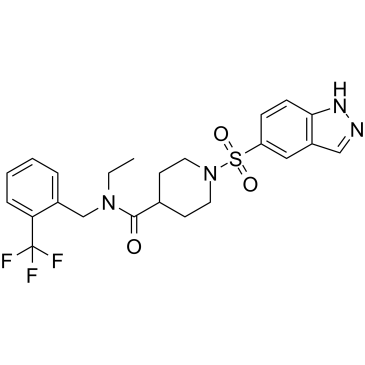
-
GC68335
N-Demethyl MK-6884
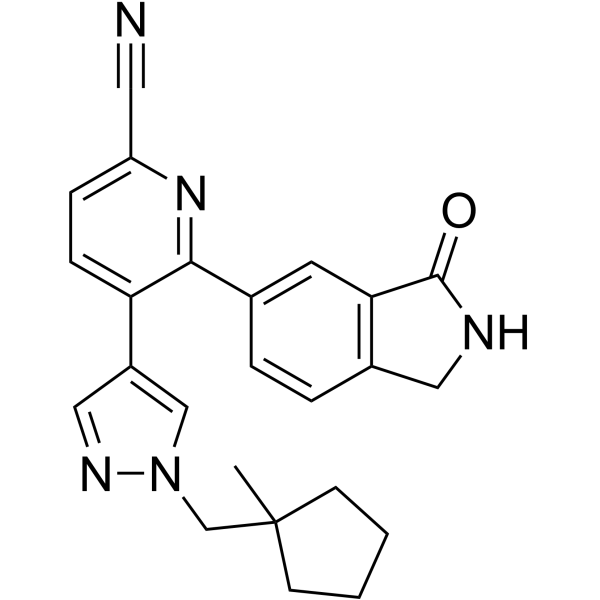
-
GC16553
N-Desmethylclozapine
5-HT2C serotonin receptor antagonist
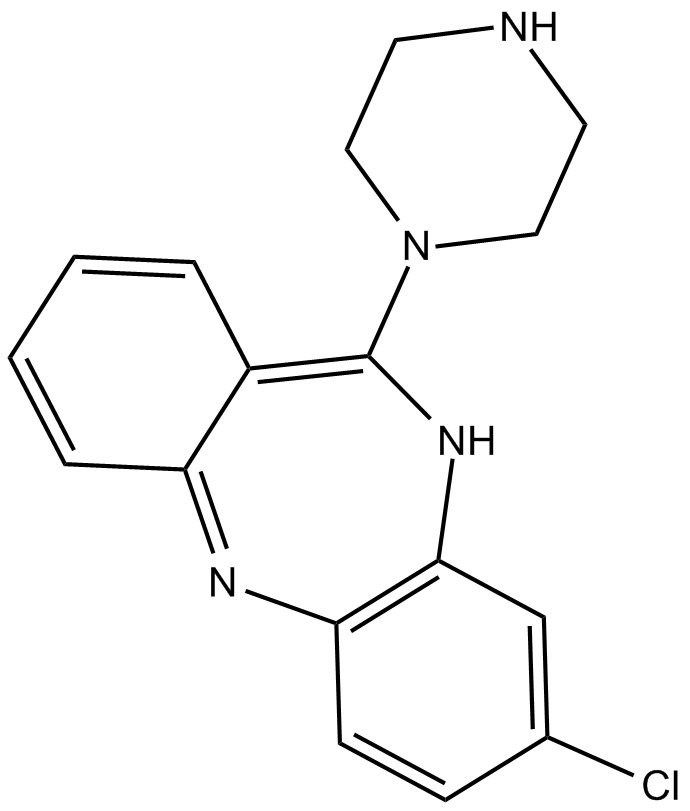
-
GC38933
Nebracetam hydrochloride
Nebracetam hydrochloride, a nootropic M1-muscarinic agonist, induces a rise of intracellular Ca2+ concentration.
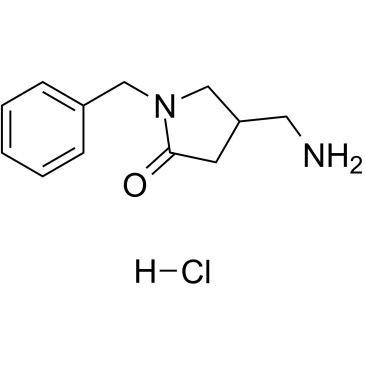
-
GC32667
Nuvenzepine
Nuvenzepine is an mAChR antagonist, has the potential for gastrospasm treatment.
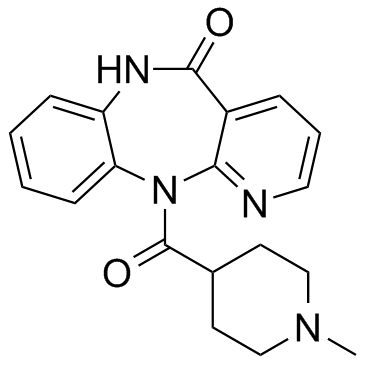
-
GC61809
Olanzapine D3
Olanzapine D3 (LY170053-d3) is the deuterium labeled Olanzapine.
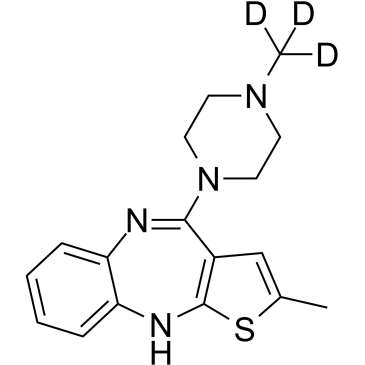
-
GC10863
Otilonium Bromide
AChR inhibitor
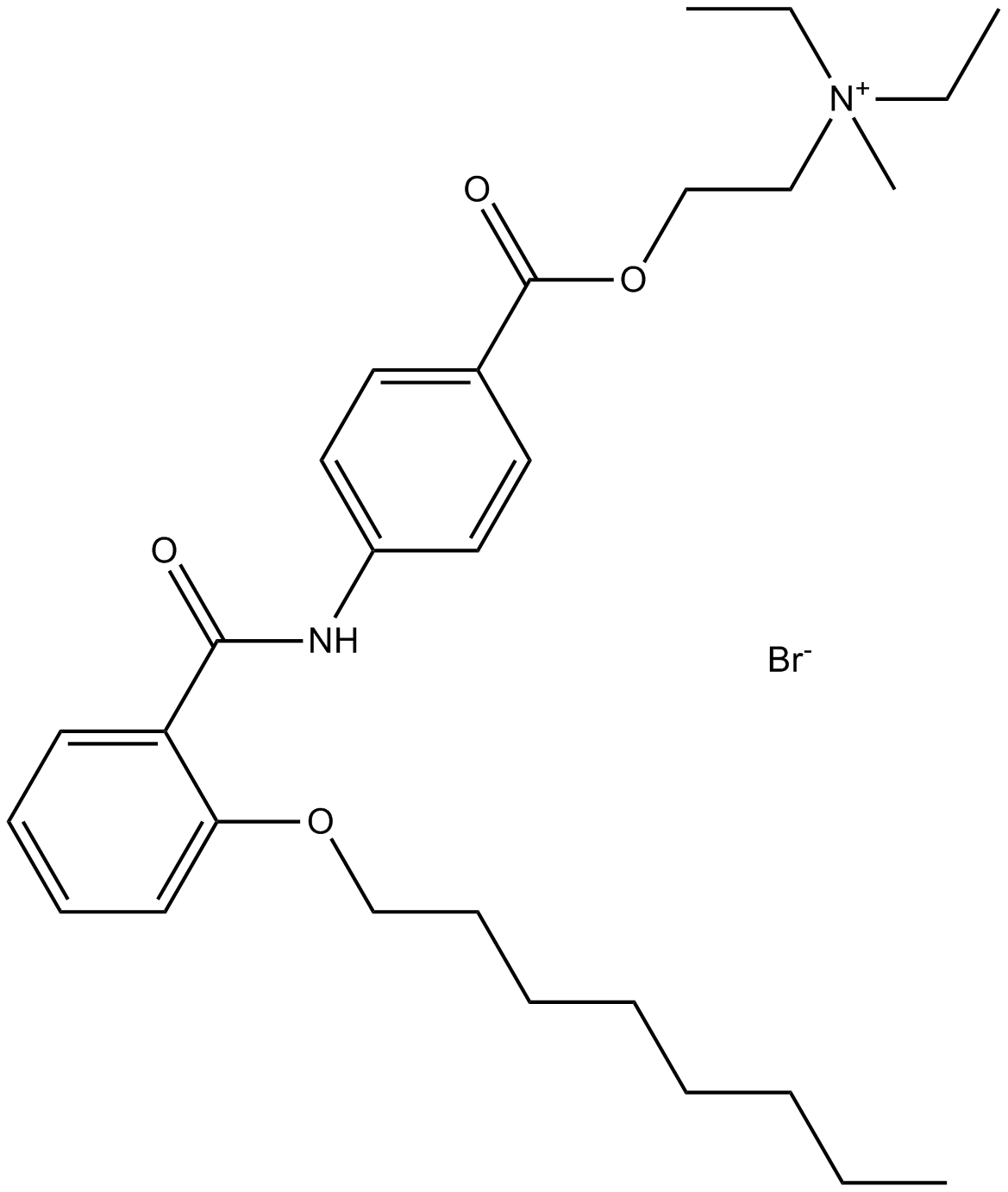
-
GC32049
Oxitropium Bromide
Oxitropium bromide is an mAChR antagonist used as an anticholinergic bronchodilator drug for the treatment of asthma and chronic obstructive pulmonary disease.
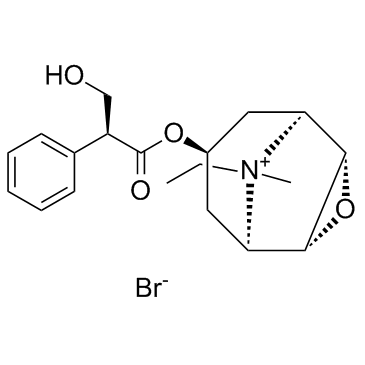
-
GC38658
Oxotremorine M iodide
A muscarinic receptor agonist and KCNQ2/3 potassium channel blocker



